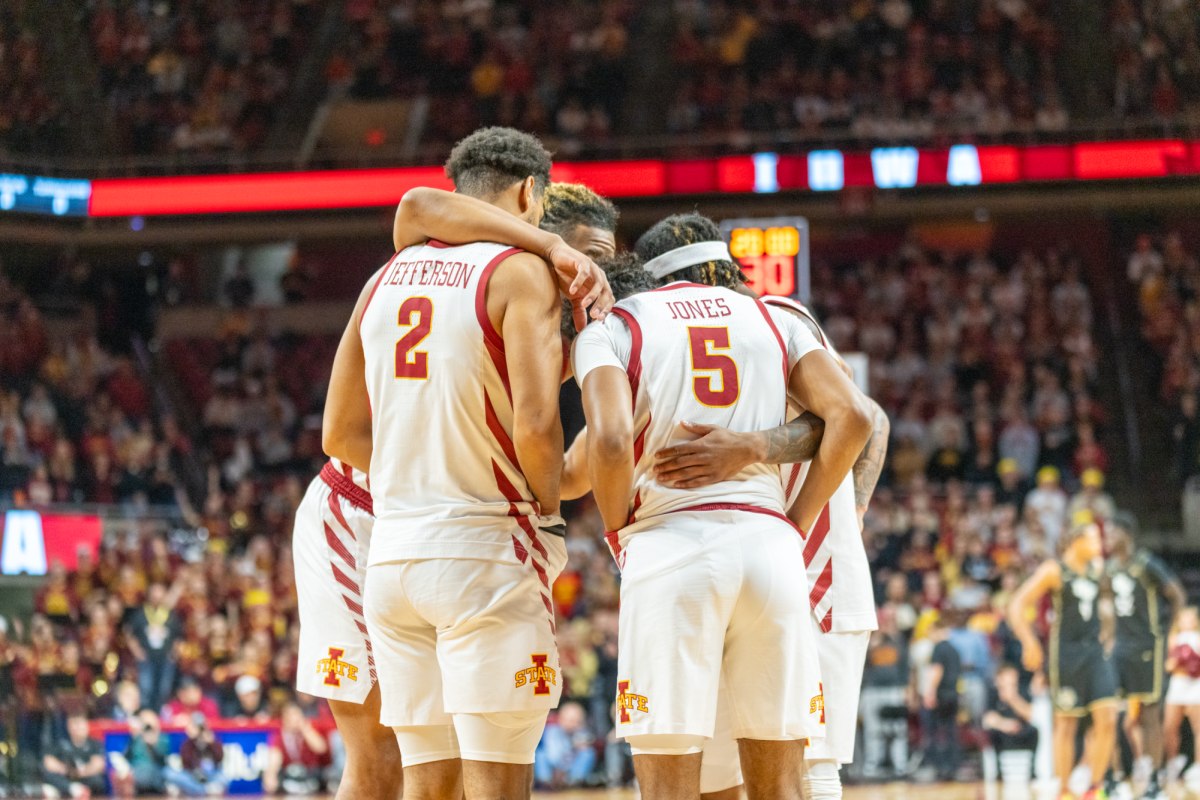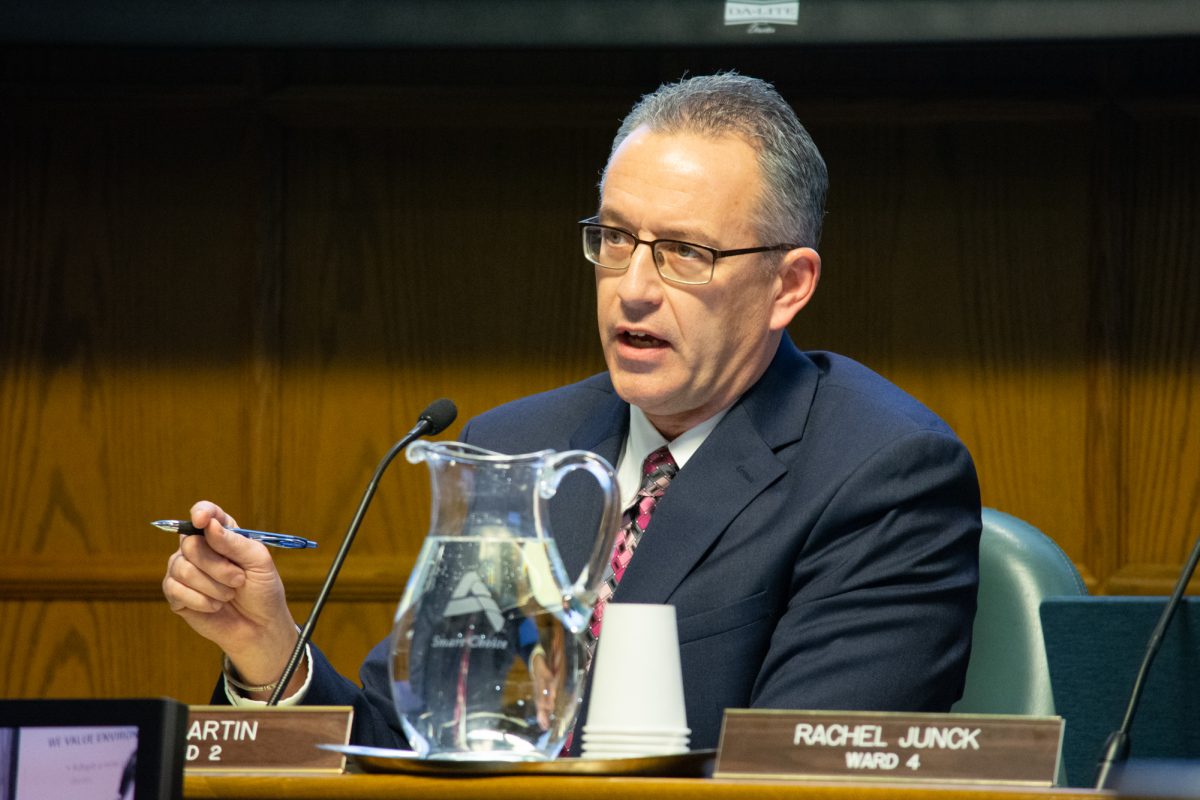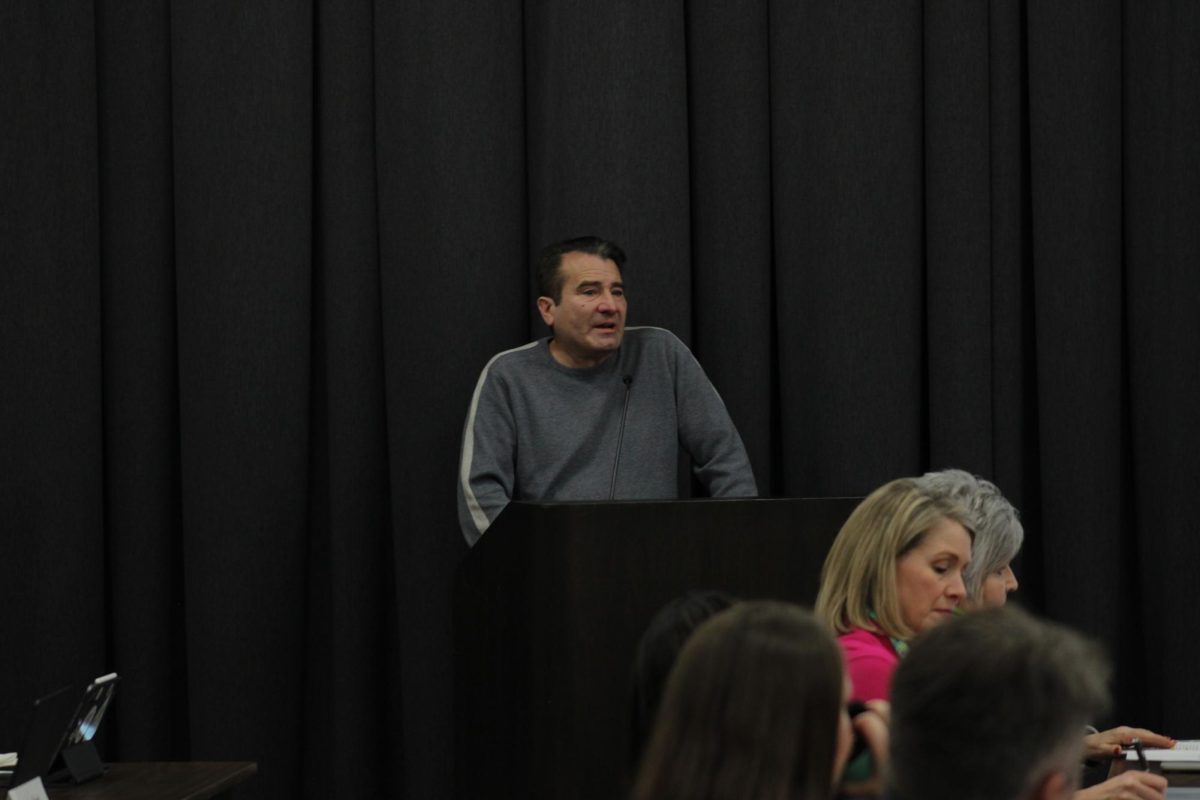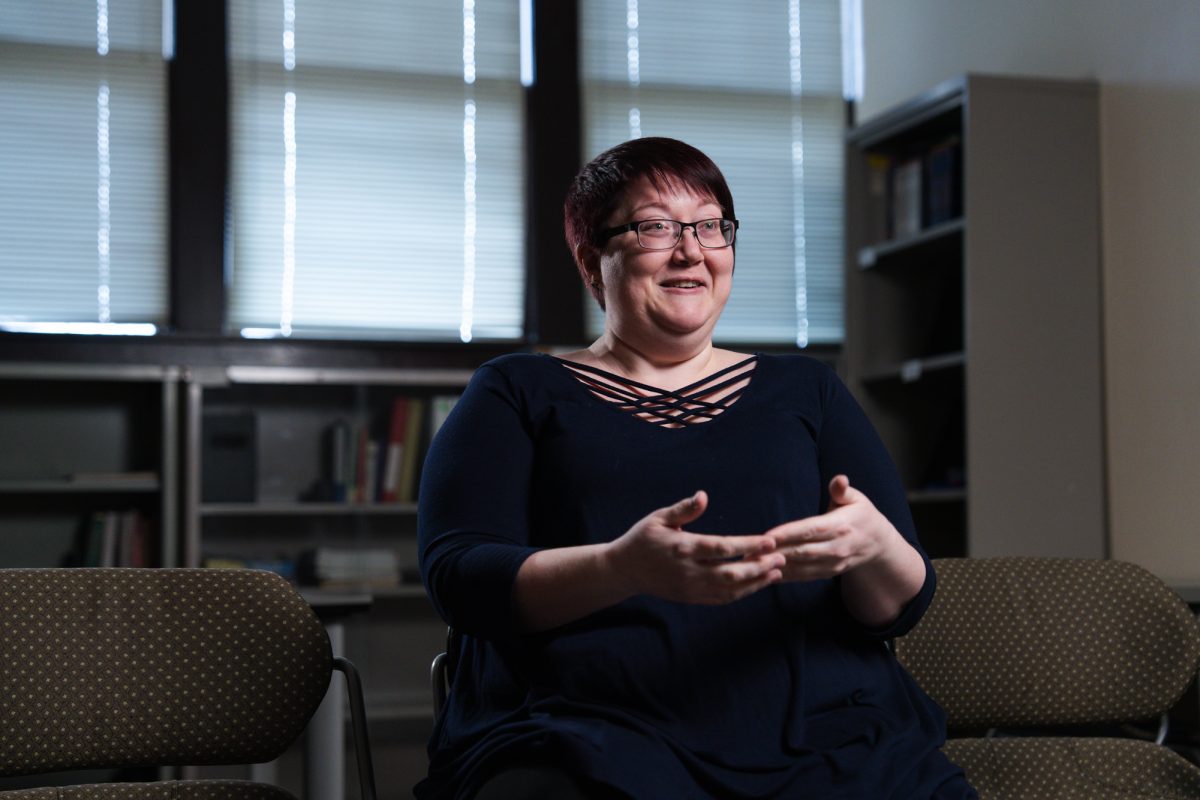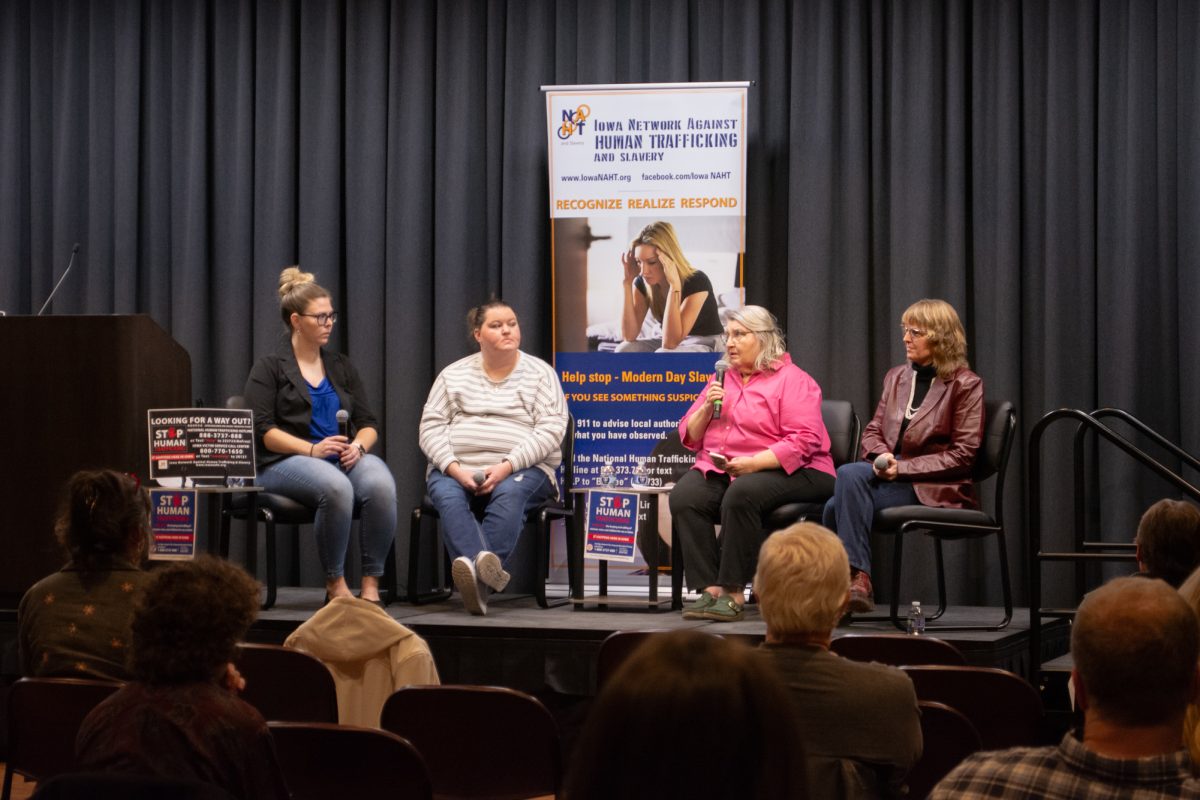Minority status for LGBTs discussed
September 17, 1997
Racial and sexual orientation discrimination was the topic at Tuesday night’s September 29th Movement’s weekly assembly.
Lesbian, Gay, Bisexual, Transgender, Ally Alliance vice president Jason Gross spoke to members of the September 29th Movement about the exclusion of LGBT people from minority status at Iowa State.
Gross, a senior in community and regional planning, said there has always been a connection between homophobics, racists and xenophobics. He said historically the prejudice was due to a certain moral code that everyone was supposed to live by in society.
The moral code is still in place today, Gross said, and it explains why there are still these problems.
“These discriminations are based on perceived behaviors,” he said.
Most people discriminate against others because of factors such as race or sexual orientation or behavior, he said.
“A person’s worth cannot be measured by the color of their skin or their sexual behavior,” Gross said.
Gross also related the way homosexuals and minorities are portrayed on television.
“The only way television can show differences between them and heterosexuals are to show the homosexuals sipping latte and in drag shows,” he said. “Minorities in the media are characterized by dancing and eating watermelon.”
The same discrimination tactics that are used against minorities are used against members of LGBTA Alliance, Gross said.
“Both discriminations are reactions to negative perceived behaviors,” he said.
Gross cited many areas where the university has lacked to give both minorities and LGBT people visibility.
He cited as an example, last year when the student handbook was changed.
LGBTA Alliance members went to the handbook committee and asked to be included in the section of the book that focused on forms of discrimination.
According to Gross, the committee said some changes could be made before the second printing, but LGBTA Alliance was refused the change. He said the committee’s reply was that the change was too major.
Gross said there are nearly 600 students on campus who could benefit from LGBTA Alliance services, but the organization has yet to get a full-time employee.
“There are nearly 700 African Americans, 500 Asian Americans and 300 Latinos and they only have 12 full-time employees working for them,” Gross said. “There is a lot of dragging feet in the rectifying process.”
Sine Anahita, coordinator of the Lesbian, Gay, Bisexual and Transgender Student Service, disagrees with Gross.
“I think there have been a lot of changes in the past year,” Anahita said. “Our budget was almost quadrupled thanks to Associate Dean Houston Dougharty.”
One reason for the LGBTSS improvements is their strong advisory committee, Anahita said. They recently received a grant for a safe zone project.
The safe zone project will give faculty members a sticker to place on their doors letting students know there is a “safe zone” inside for them to discuss their problems and ideas.
Even though LGBTSS supports all student movements it does not necessarily mean that they support the renaming of Catt Hall, Anahita said.
LGBTA Alliance members announced that they support the Movement and its efforts in trying to rename Carrie Chapman Catt Hall.


